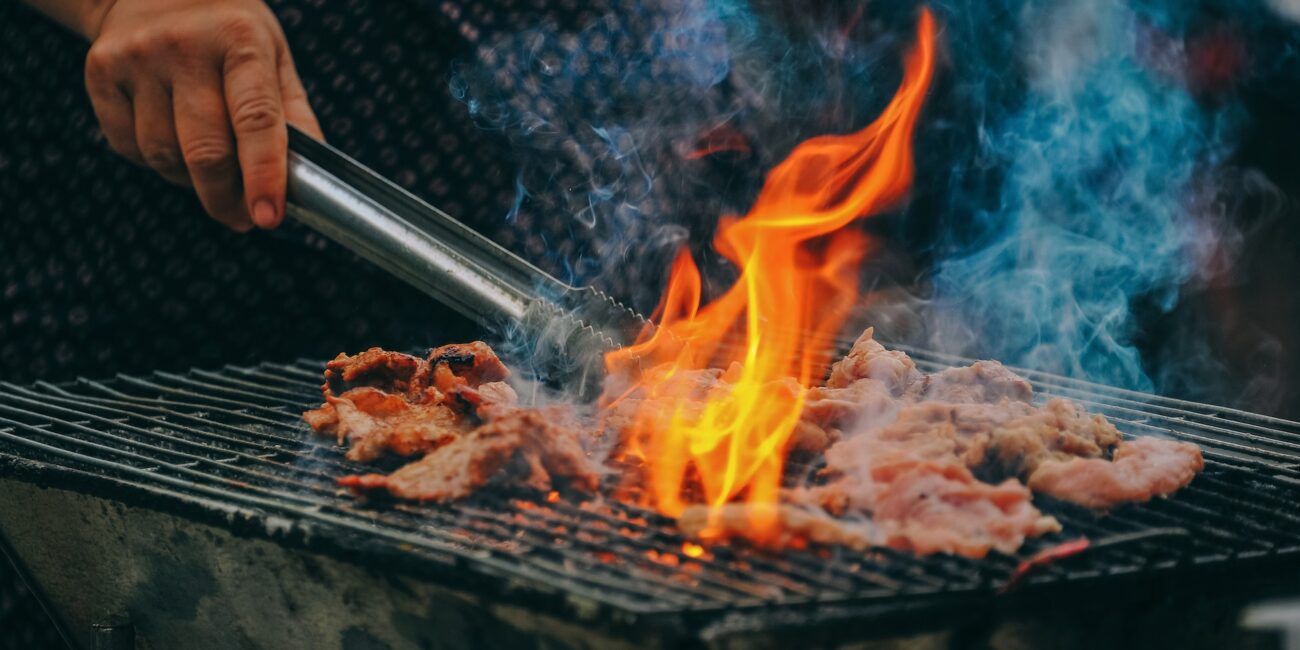Introduction
Cooking meat is an art form that requires precision, knowledge, and a deep understanding of different cuts and cooking methods. Whether you’re a novice in the kitchen or an experienced home cook, knowing the best ways to cook meat can transform an ordinary dish into a culinary masterpiece. In this comprehensive guide, we will explore various cooking techniques, from grilling and roasting to braising and sous vide, to help you achieve tender, flavorful, and perfectly cooked meat every time.
Choosing the Right
Meat Cuts Before delving into cooking techniques, it’s essential to understand the different meat cuts and their characteristics. From tender cuts like filet mignon and ribeye to tougher cuts like chuck roast and brisket, each cut requires a specific cooking method to achieve optimal results. Familiarize yourself with the various cuts of beef, pork, lamb, and poultry, and match them with the appropriate cooking techniques to enhance their natural flavors and textures.
Grilling
Grilling is a popular cooking method that imparts a smoky flavor and irresistible char marks on meat. Preheat your grill to the desired temperature (high for searing or medium for gentle cooking), season the meat with salt, pepper, and any desired spices, and place it on the grill grates. Cook the meat, turning it occasionally, until it reaches the desired doneness. Grilling works well for steaks, burgers, chicken breasts, and seafood. It’s important to monitor the cooking time to prevent overcooking and drying out the meat.

Roasting
Roasting is a versatile cooking method that produces tender and juicy meat with rich flavors. Preheat your oven, season the meat with herbs, spices, and aromatics, and place it on a rack in a roasting pan. Cook the meat at the appropriate temperature and duration according to the cut and desired doneness. Roasting is ideal for larger cuts of meat like whole chicken, beef tenderloin, pork loin, and leg of lamb. The even heat of the oven ensures that the meat cooks evenly and retains its natural juices.
Braising
Braising is a slow-cooking method that tenderizes tougher cuts of meat through a combination of moist and dry heat. Brown the meat in a hot pan to develop a flavorful crust, then transfer it to a pot or Dutch oven with liquid (such as broth or wine) and aromatic vegetables. Cook the meat on low heat, partially covered, until it becomes fork-tender. Braising is perfect for cuts like pot roast, short ribs, and pork shoulder. The long, slow cooking process breaks down collagen, resulting in tender meat and a rich, flavorful sauce.
See also: Top Healthiest Fruits
Sous Vide
Sous vide, a French cooking technique, involves cooking meat in a precisely controlled water bath. Vacuum-seal the meat with seasonings in a plastic bag and immerse it in a water bath heated to a specific temperature. Cook the meat for an extended period, ensuring it reaches the desired internal temperature. Finish the meat by searing it in a hot pan or on a grill for a caramelized crust. Sous vide is ideal for achieving precise and consistent results with cuts like steak, pork chops, and chicken breasts. It allows for tender and juicy meat with precise control over doneness.
Searing
Searing is a method commonly used in conjunction with other cooking techniques to create a flavorful crust on the meat’s surface. Heat a skillet or a grill pan over high heat, add oil or butter, and place the meat in the pan. Cook the meat for a short time on each side until a golden brown crust forms. Searing works well for steaks, pork chops, lamb chops, and chicken thighs. It adds depth of flavor and enhances the appearance of the meat, especially when combined with other cooking methods like roasting or sous vide.
Smoking
Smoking is a slow and indirect cooking method that infuses meat with a distinct smoky flavor. It involves exposing the meat to low, indirect heat generated by burning wood chips or chunks. Set up a smoker with the desired wood flavor (such as hickory, mesquite, or applewood), season the meat, and place it in the smoker. Maintain a consistent temperature and cook the meat for several hours until it reaches the desired tenderness and smoky flavor. Smoking is popular for meats like ribs, brisket, pulled pork, and whole poultry. It requires patience but rewards with mouthwatering results.
Stir-Frying
Stir-frying is a quick and high-heat cooking method that works well for smaller cuts of meat and thinly sliced meat. Heat a wok or a large skillet over high heat, add oil, and quickly cook the meat, stirring constantly. Remove the meat from the pan when it is cooked to the desired doneness, and continue stir-frying vegetables or adding sauce if desired. Stir-frying is commonly used for dishes like beef stir-fry, chicken with vegetables, and shrimp stir-fry. The fast cooking process preserves the meat’s tenderness and keeps it juicy.
Griddle Cooking
Griddle cooking involves using a flat, hot surface to cook meat, resulting in a flavorful crust and tender interior. Preheat a griddle pan or a cast-iron skillet over medium-high heat, season the meat, and place it on the hot surface. Cook the meat, flipping it occasionally, until it reaches the desired doneness. Griddle cooking is suitable for steaks, burgers, pork chops, and thinly sliced cuts. The hot surface ensures even heat distribution and creates a delicious sear on the meat.
Conclusion
Mastering the art of cooking meat requires understanding the characteristics of different cuts and choosing the appropriate cooking methods. Whether you prefer grilling, roasting, braising, sous vide, or other techniques, each method offers unique advantages in terms of flavor, texture, and tenderness. By honing your skills and experimenting with different cuts and cooking methods, you can create mouthwatering meat dishes that will impress your family and friends. Embrace the versatility of meat cooking and elevate your culinary repertoire to new heights.



